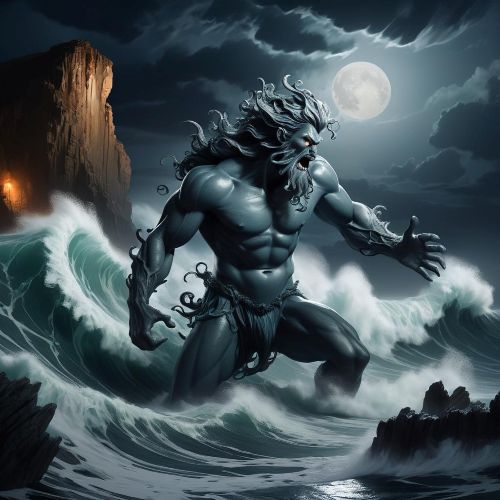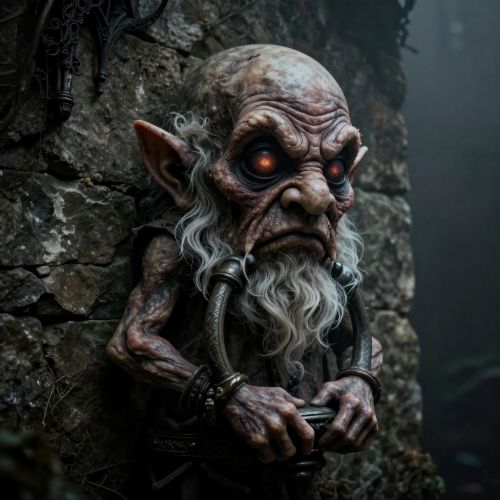Cornish Mythology
Cornish mythology is a fascinating branch of Celtic folklore, rooted in the traditions of Cornwall in the southwest of England. Influenced by ancient Celtic beliefs, local folklore, and the rugged coastal landscapes, these myths tell stories of giants, fairies, and legendary kings. They reflect the Cornish people’s deep connection to their land and sea, where rocky cliffs, windswept moors, and hidden coves provided the perfect backdrop for tales of mystery and wonder. Passed down through oral tradition, songs, and ballads, Cornish mythology blends history with imagination, creating a distinctive cultural heritage that continues to shape Cornwall’s identity.
Among the most enduring figures in Cornish mythology are giants, who were believed to have roamed the land long before humans. One of the most famous is Cormoran, the giant of St. Michael’s Mount, who was said to terrorize the local people until he was defeated by the clever Jack the Giant Killer. These stories highlight the struggle between ordinary humans and supernatural beings, emphasizing the triumph of wit and courage over brute strength. The rugged Cornish landscape itself was often woven into myth, with landmarks such as Tintagel Castle tied to the legendary King Arthur, and standing stones believed to be petrified dancers or sinners turned to stone as punishment. Such tales demonstrate how mythology helped explain the striking natural features of Cornwall while embedding them with cultural meaning.
Fairy folklore also plays a central role in Cornish mythology. Known locally as “piskies” or “piskeys,” these small, mischievous beings were thought to inhabit the moors and wooded areas, leading travelers astray or rewarding those who showed them respect. Unlike some darker fairy traditions, Cornish piskies were often playful rather than malevolent, though caution was always advised when dealing with them. Legends also tell of the knockers, spirits believed to live in the tin mines of Cornwall, warning miners of danger or sometimes causing accidents. These stories connected daily life, particularly Cornwall’s mining history, with the unseen spiritual world, making mythology a practical as well as cultural guide.
Today, Cornish mythology remains alive in storytelling, festivals, and tourism. Visitors to Cornwall are drawn to its legendary sites, from Tintagel and Bodmin Moor to the mysterious stone circles scattered across the region. Local traditions, music, and literature continue to celebrate the piskies, giants, and Arthurian legends that form the backbone of Cornish myth. These stories not only preserve a sense of regional identity but also tie Cornwall to the broader Celtic mythological tradition. As people rediscover these tales, they find that Cornish mythology offers more than folklore—it provides a living link to the past, enriching Cornwall’s cultural landscape and ensuring that its mythical beings and legendary places remain part of its enduring charm.



